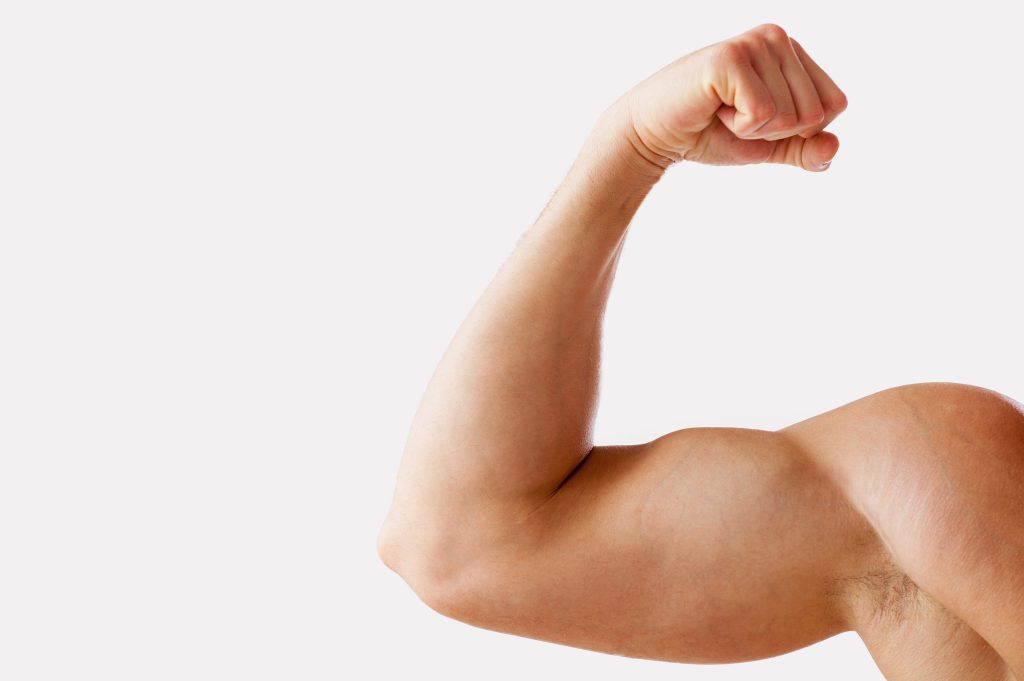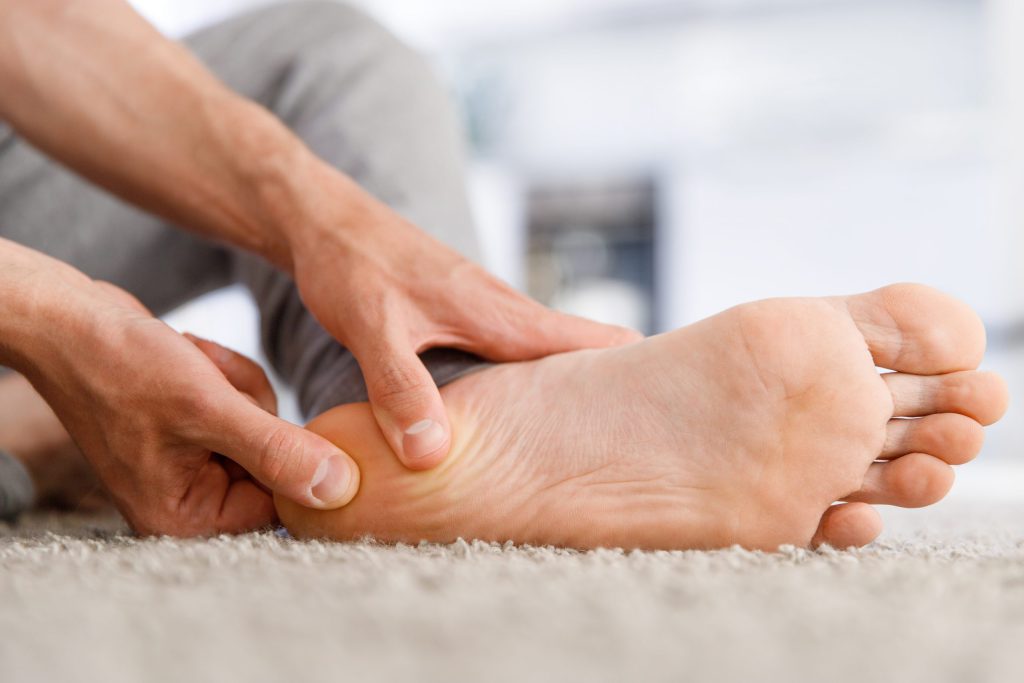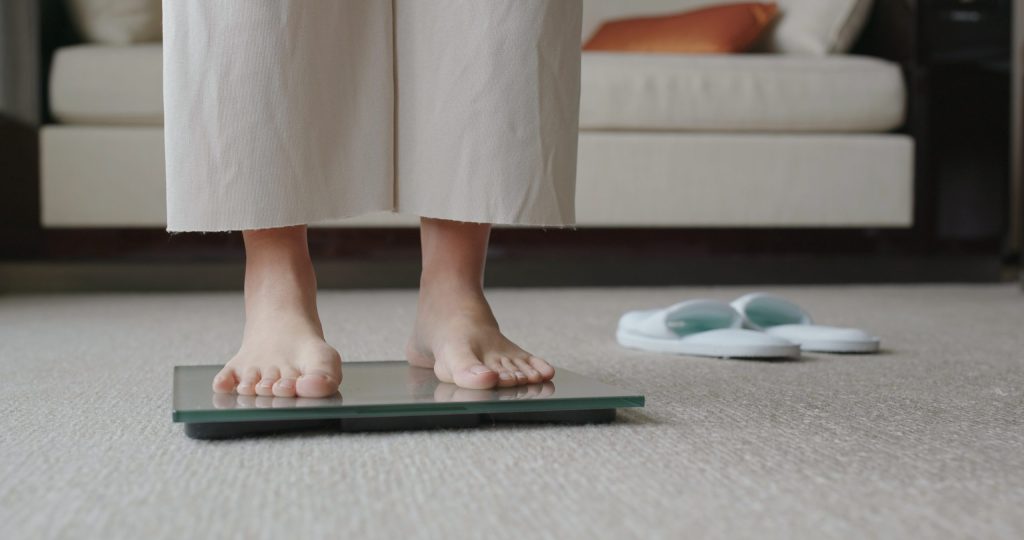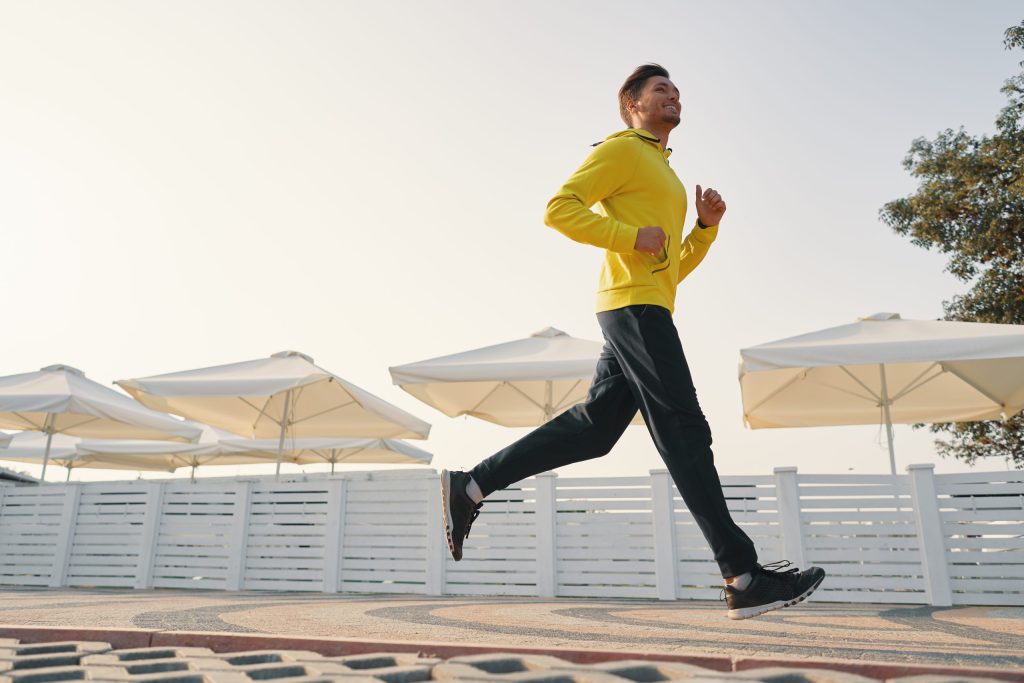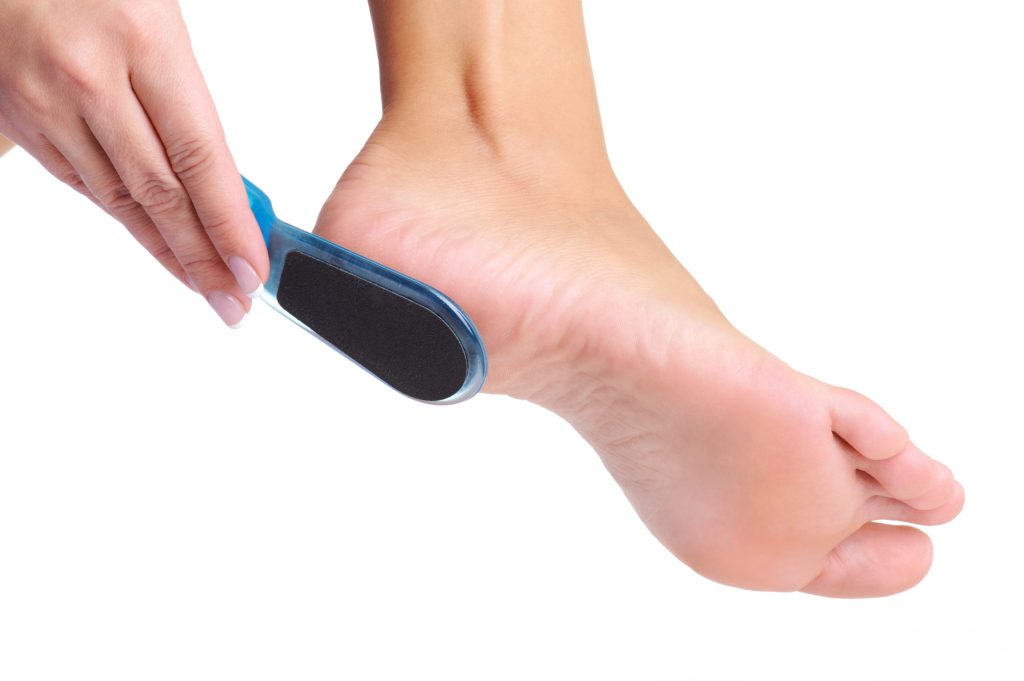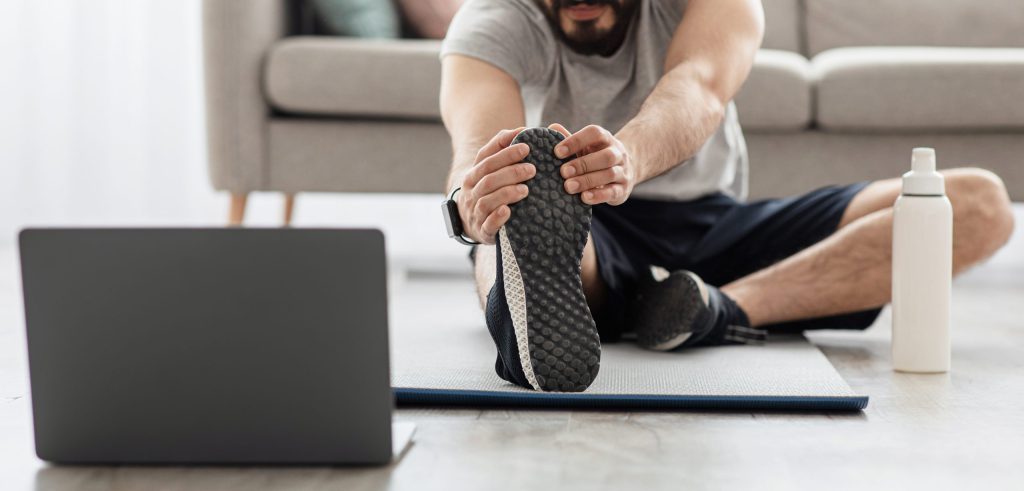8 Habits to maintain healthy bones
We should pay more attention to our bones’ health as we get older since the risk of osteoporosis rises and fracture healing gets more difficult! Maintain healthy bones and do not wait until a fracture occurs to start caring for your bones and protecting them. It’s better to start strengthening your bones as soon as possible, preferably throughout the first two decades of life. However, starting late is better than never, especially since healthy habits may be followed at any time to create strong bones and improve their health. Healthy habits to maintain healthy bones Many habits can help you like: 1. Eat calcium-rich foods Calcium is a necessary nutrient for strong, healthy bones. Most people need at least three servings of calcium-rich foods each day, such as dairy products. A serving size is a glass of milk (250 mL) or eating a slice of cheese (40 g). However, if you are unable to get enough calcium from your diet, your doctor may advise you to take a calcium supplement. 2. Get adequate amounts of vitamin D Vitamin D controls calcium levels in the body, which aids in maintaining healthy bones and teeth. We can get Vitamin D from food such as fatty fish, liver, and egg yolk. As well as the body can produce vitamin D when exposed to direct sunshine. But the quantity of sun exposure needed is determined by your skin type, the time of year, and other environmental factors. Prolonged sun exposure, on the other hand, can cause considerable damage to your skin and increase your risk of skin cancer. 3. Eat a balanced diet Your meals should contain protein from meat, fish, eggs, nuts and seeds, fresh fruits and vegetables, and carbohydrates such as bread, pasta, potatoes, and rice. 4. Pay more attention to your drinks Alcohol, tea, coffee, cola, and other soft drinks reduce the amount of calcium you absorb and weaken your bones! Therefore, try to avoid drinking alcoholic beverages and replace caffeinated drinks with water. 5. Reduce the amount of salt in food Try to limit the amount of salt you eat daily as there are beliefs that salt accelerates the body’s loss of calcium! Adults are advised to consume less than 2,000 mg of sodium per day, which equates to less than a teaspoon of salt. You can replace the salt with some herbs or lemon juice. Don’t forget to read nutrition labels and look for foods with 120 mg of sodium or less per 100 grams. 6. Maintain a healthy weight Can you believe that being underweight puts you at risk for osteoporosis and that losing a lot of weight on a strict diet too rapidly might raise the risk of osteoporosis? Being underweight in women can affect the amount of estrogen in your body, which can harm your bones and cause women to stop having monthly periods. 7. Be physically active When bones are used, they become stronger. One of the greatest methods to strengthen bones is to engage in weight-bearing exercises such as walking, jogging, dancing, and tennis. 8. Quit smoking Smoking decreases bone mass and raises your risk of osteoporosis! You should try to quit smoking, and you can get aid from your doctor to do so.
8 Habits to maintain healthy bones Read More »
